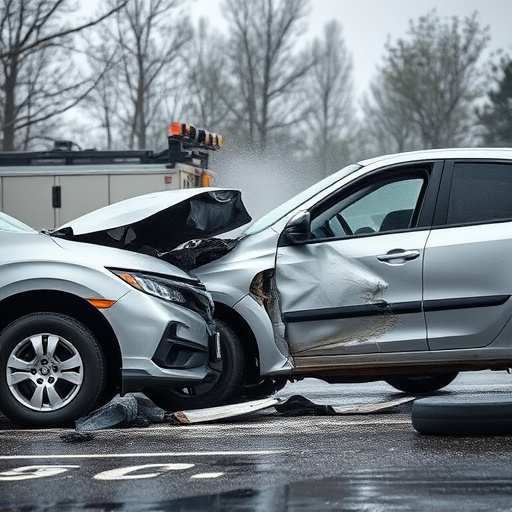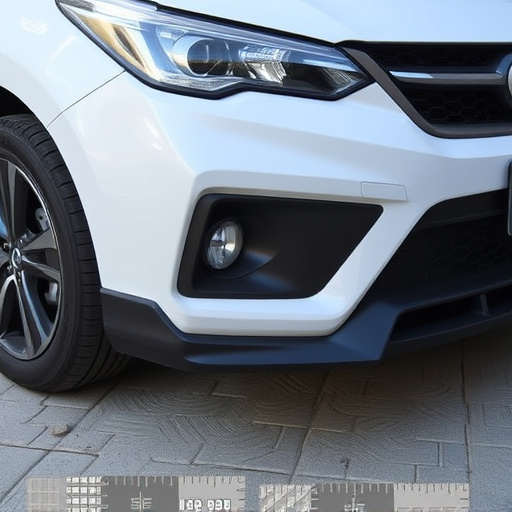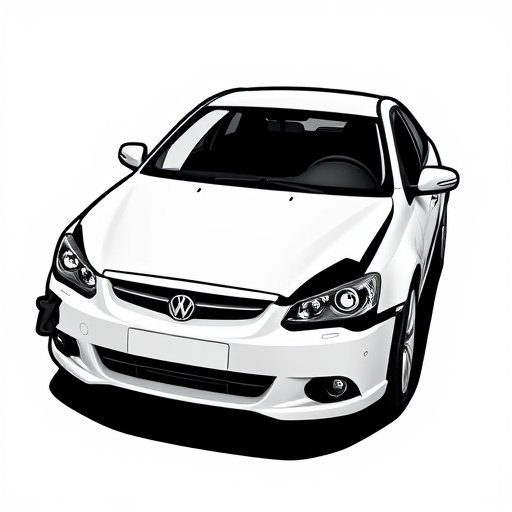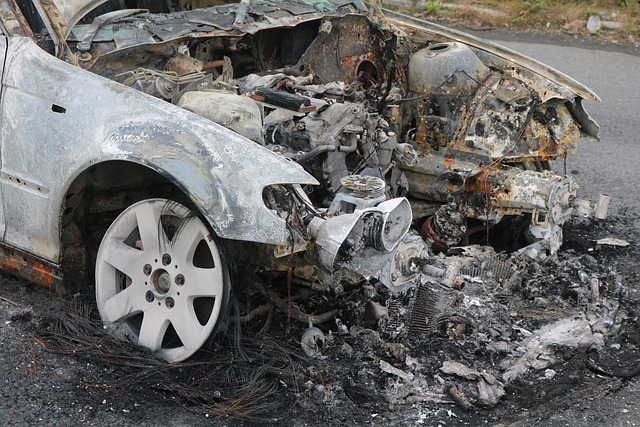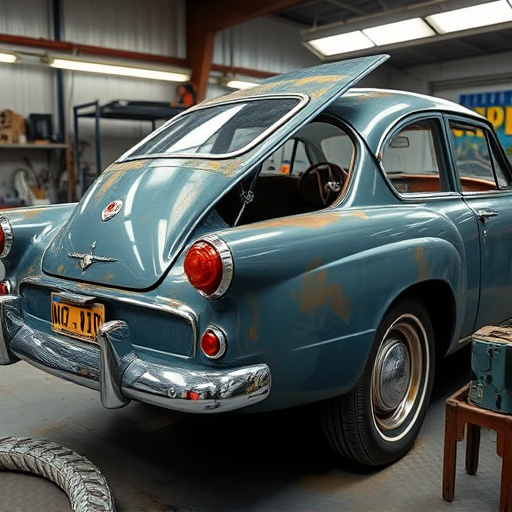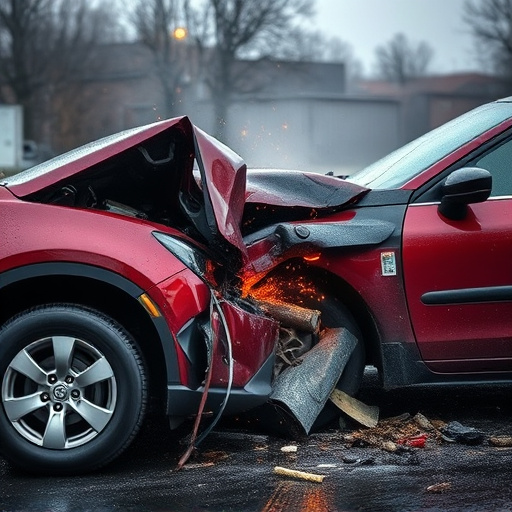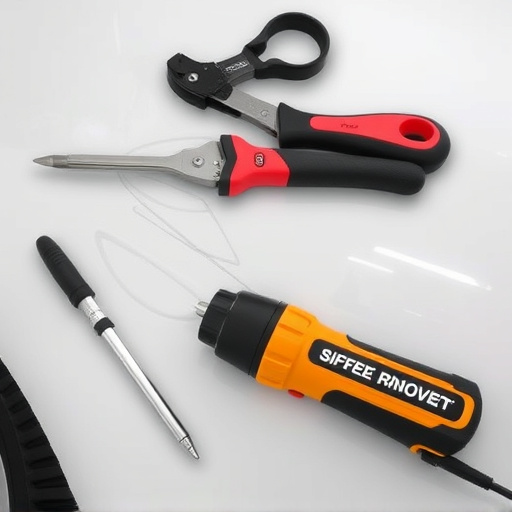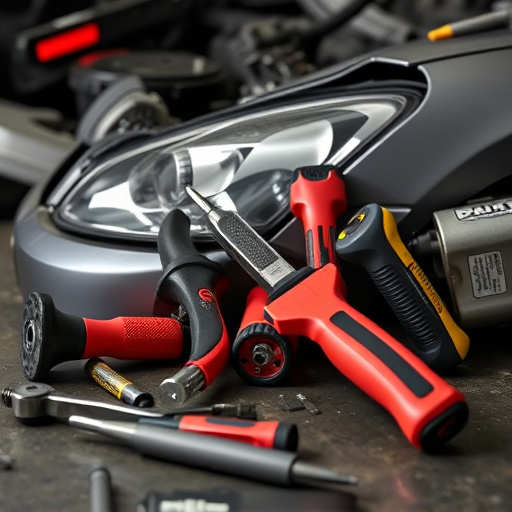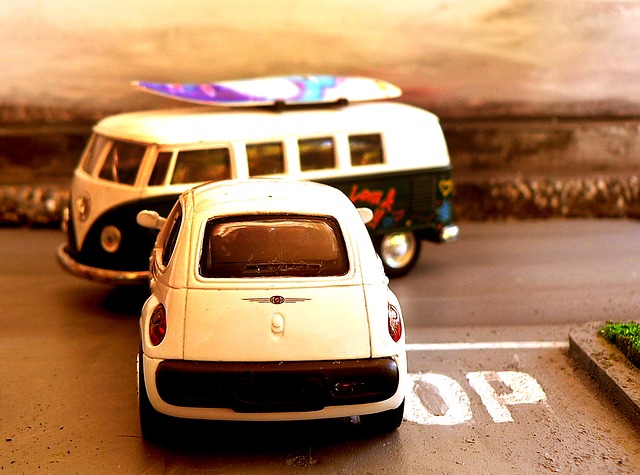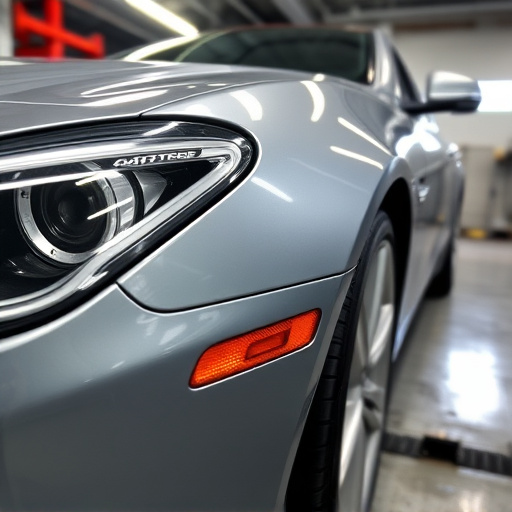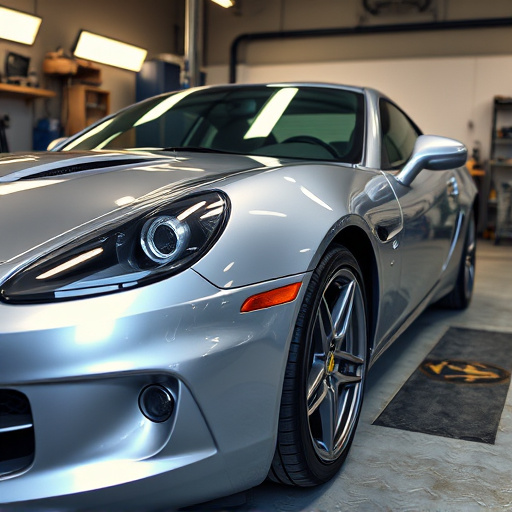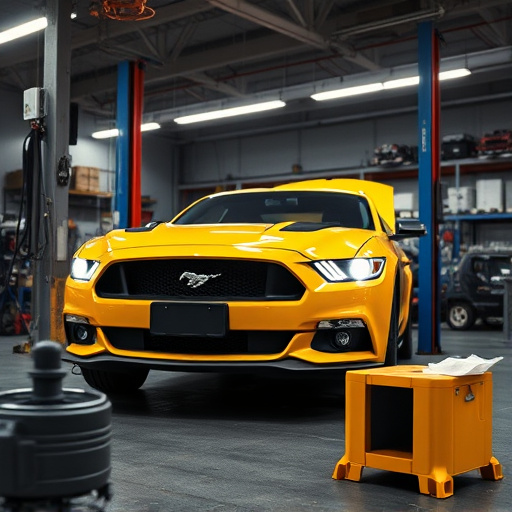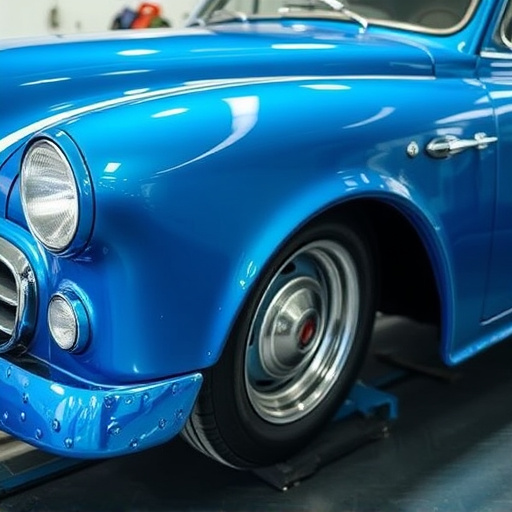Understanding clear coat application is crucial for efficient auto body repairs, aiming for high-quality finishes. Drying times vary from 15-30 minutes to a full day, depending on factors like clear coat type, environmental conditions (temp & humidity), and application thickness. To prevent imperfections, wait at least 24 hours before exposing repaired areas to significant heat or direct sunlight. Proper surface preparation enhances adhesion and curing, while skilled technicians optimize time management for productive results. Adhering to recommended curing times ensures optimal finish protection during daily driving.
“Maximize efficiency in vehicle repair with optimal clear coat application timelines. Understanding the factors influencing coating drying and curing is key. This article delves into the science behind clear coat application times, exploring how various elements impact cure speed. We’ll guide you through strategies for effective time management, ensuring swift and durable repairs without compromising quality. By optimizing clear coat application, automotive technicians can enhance productivity and customer satisfaction.”
- Understanding Clear Coat Application Times
- Factors Affecting Coating Drying and Curing
- Optimizing Repairs: Efficient Time Management for Clear Coat Applications
Understanding Clear Coat Application Times

Understanding clear coat application times is crucial for efficient auto body repairs and achieving top-quality finishes. The duration required for clear coat to dry and cure varies based on several factors, including the type of clear coat used, environmental conditions, and the thickness of the application. Most modern clear coats dry to the touch within 15 to 30 minutes after application, but complete curing can take anywhere from a few hours to even a full day.
In an auto body shop or car bodywork services setting, allowing adequate time for clear coat curing is essential to ensure long-lasting repairs. Applying new layers of clear coat too soon can result in blisters, bubbles, and other imperfections. For optimal results, professionals recommend waiting at least 24 hours after application before subjecting the repaired area to significant heat or direct sunlight. This timeframe ensures that the clear coat has fully cured, providing a durable, glossy finish that protects the underlying auto body repair work.
Factors Affecting Coating Drying and Curing

Several factors play a significant role in determining how quickly a clear coat dries and cures after its application during car bodywork services or at a collision repair center. Understanding these factors is crucial for efficient auto maintenance and ensuring optimal results. The environmental conditions, including temperature and humidity, significantly influence drying times. Warmer temperatures accelerate the process, while high humidity levels can prolong it as the moisture in the air slows down the evaporation of the coating’s solvents.
The type of clear coat used and the substrate it is applied to are equally important. Different coatings have varying viscosity levels and chemical compositions, affecting their drying rates. Moreover, the preparation of the car’s surface before application, such as priming and sanding, can impact curing. Proper surface preparation ensures better adhesion and a smoother finish, allowing the clear coat to cure evenly and faster.
Optimizing Repairs: Efficient Time Management for Clear Coat Applications

Efficient clear coat application is a cornerstone of successful car restoration and auto collision repair. By optimizing time management during this crucial process, technicians can significantly enhance productivity while maintaining high-quality results. A well-planned schedule ensures that each step of the clear coat application, from preparation to drying, is executed within optimal windows. This not only minimizes downtime but also reduces the risk of errors or imperfections.
In the realm of car damage repair, every minute counts. Skilled technicians recognize the importance of adhering to recommended curing times for clear coats, typically ranging from 24 to 48 hours, depending on environmental conditions and product specifications. Proper planning involves factoring in these drying times, as well as allowing for thorough surface preparation and quality control checks. This meticulous approach ensures that vehicles leave the workshop with not just repairs, but also a protective finish that can withstand the hustle and bustle of everyday driving.
Efficient clear coat application requires understanding and optimizing various factors, from application times to curing conditions. By grasping the ideal timelines and addressing environmental influences, professional technicians can ensure optimal results while maximizing productivity. This structured approach not only expedites repairs but also enhances the final finish, demonstrating the significance of precise clear coat application techniques.
